Nontoxic Hand Soap
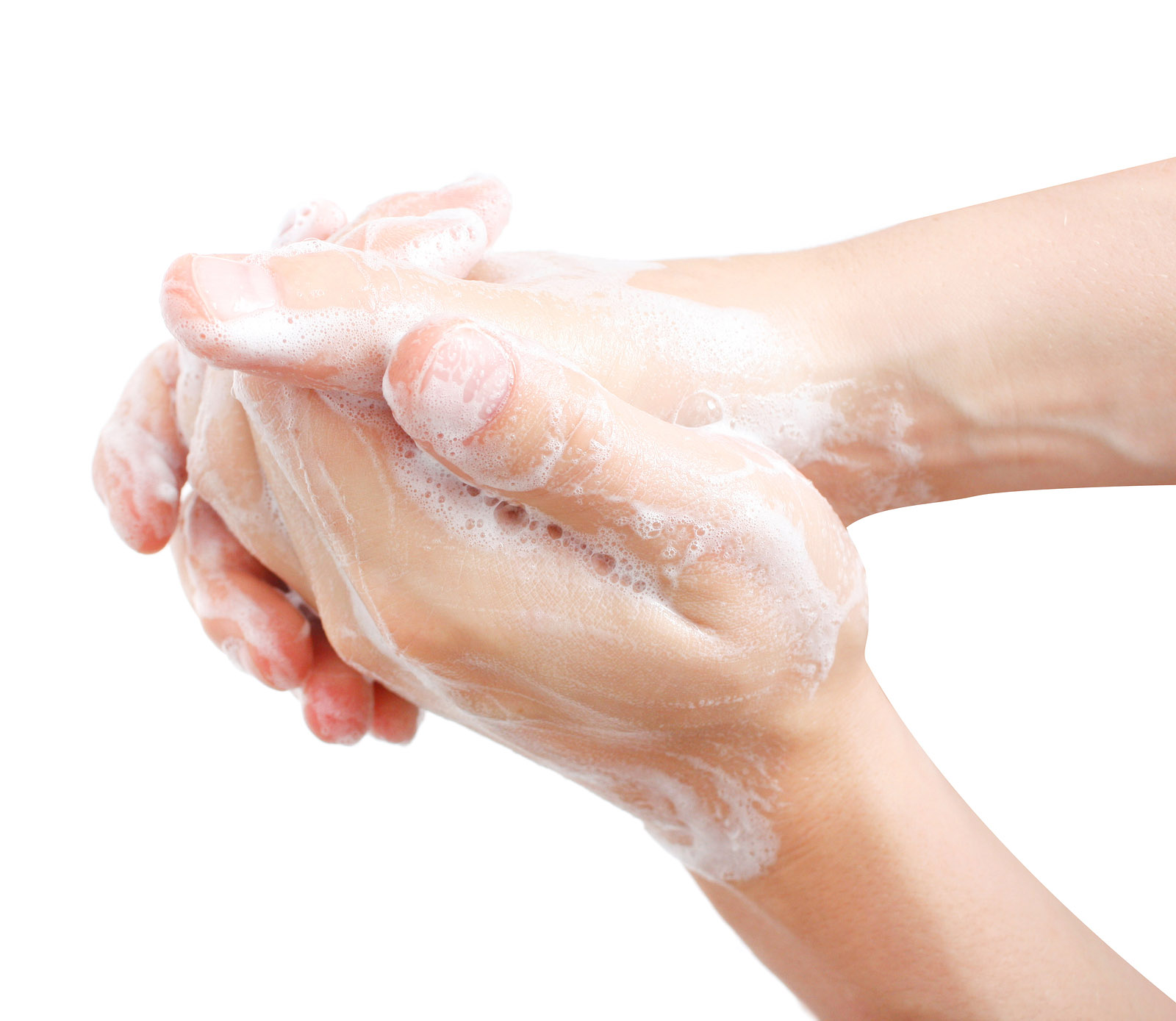
Today we’re getting down into the nitty gritty. What’s the one product that you use most often during the day? I bet it’s hand soap, especially this time of year when everyone’s coughing and sneezing on you at every turn. Ok, possibly lipstick or gloss may be your most used product, but for most of us hand washing has become an intricate part of our daily lives. We do it each time we use the restroom, after diapering our children or wiping their runny noses, before we start cooking, etc. It all adds up to a lot of soap going on our hands each day. While that seems like a good thing (we’re cleaning germs and other nasties off our hands, after all), the soap you use may be doing anything from adding to the toxic load in your body to breaking down your skin, making it more vulnerable to the cold, dry weather. Antibacterial soap being the worst of the bunch. I’ll share my picks for nontoxic hand soap below, but first let’s take a look at some conventional versions!
So What’s Hiding In Your Hand Soap?
Antibacterial Ingredients– Antibacterial ingredient can be found in everything from toothpaste to deodorant, but is probably most prevalent in hand and body soap. Triclosan is was one of the most prevalent but it was recently banned after being linked with contributing to antibiotic resistant bacteria (super bugs) and hormone and endocrine disruption, especially in women, children and studies showed the effects on nursing babies (through the mother’s milk) were of highest concern. Unfortunately, what they’ve replaced it with isn’t much better and many of the antibacterial ingredients you see added now haven’t been extensively proven for safety, not to mention that they still can create antibiotic resistant bacteria.
Fragrance– Ugh.. How much time do you have? Fragrance is usually made up from hundreds of different chemicals that don’t have to be disclosed because it’s “proprietary”. These proprietary blends usually consist of a host of carcinogens, hormone disrupters, allergens, and more. Read my post that breaks down synthetic fragrance here.
Sodium Lauryl Sulfate, Sodium Laureth Sulfate (SLS)– Folks, this is what gives you the luxurious lather. It also happens to be one of the top skin irritants and can damage your skin, especially with repeated use (say washing your hands with it 10 times a day). It strips skin’s lipid barrier and weakens it, leaving you vulnerable to chapped, dry hands, which is no fun during the winter. It’s also linked with endocrine disruption and cancer, although not as notably.
Regular hand soaps also tend to contain parabens (carcinogen, hormone disruptor), Propylene glycol (which the FDA identifies as a known carcinogen), DMDM hydantoin (formaldehyde releaser), and much more.
What Should You Use?
Here’s a big secret: In our antibacterial obsessed world, study after study keeps showing that plain soap and water cleanse away just as many germs as antibacterial soap does. Luckily, I have a few regular old soaps to recommend.
Pump Hand Soap
Kosmatology Foaming Hand Soaps are a longtime favorite in our house! They come in fun scents and even have special holiday collections. The best part is that it’s completely natural! They even make refills. You can find them here or on Amazon. Get the new glass dispenser and refill bundle here.
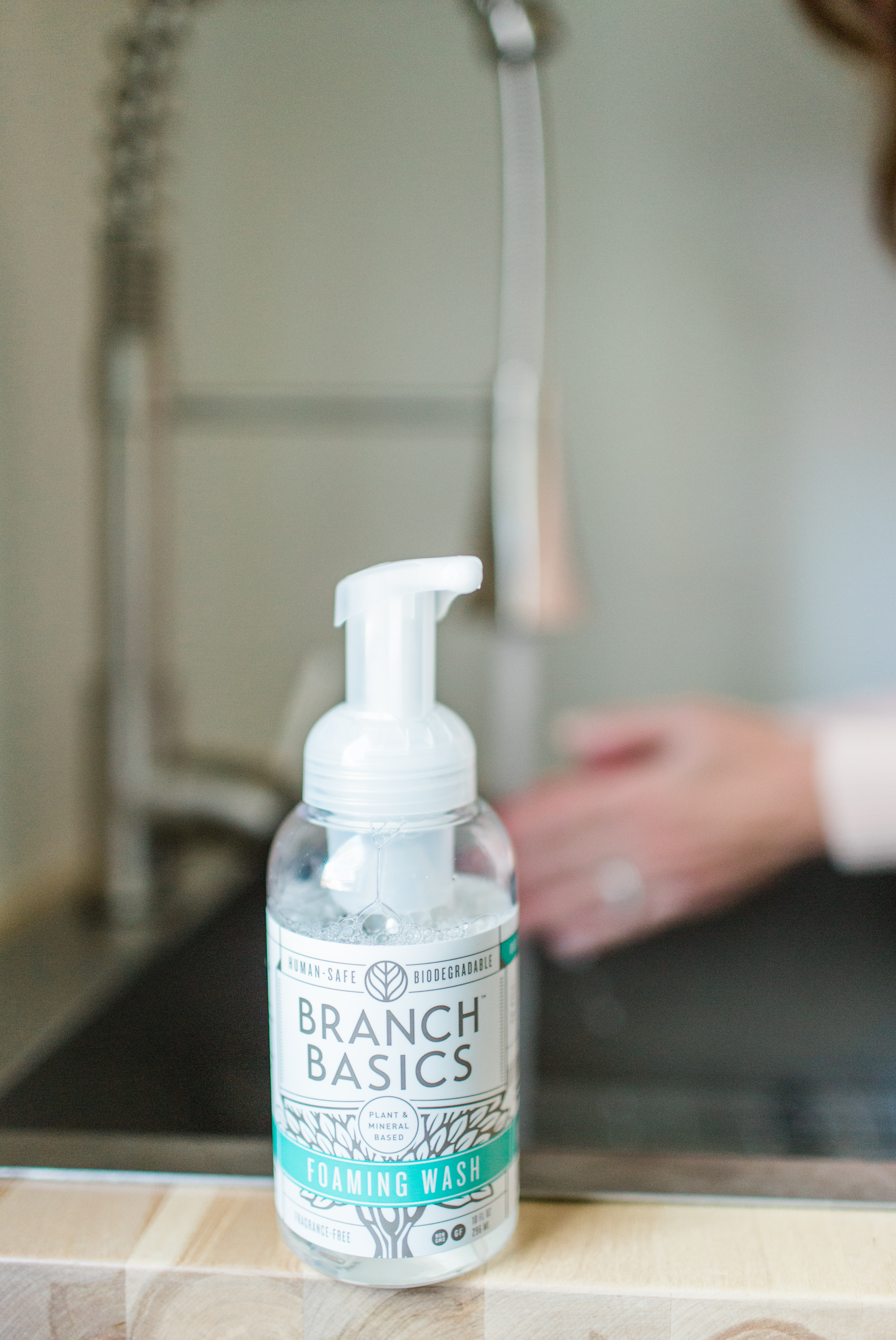
Branch Basics is a great option for foaming hand soap. They send you the hand soap bottle and you refill it as needed using a small amount of their soap concentrate and water. It’s both eco-friendly and budget friendly to be able to refill as needed at home. We also love their cleaning products. You can get their starter set here.
Bar Soap
Dr. Bronner’s Castile Bar Soap also comes in many scents. It’s simple yet safe and that always wins points with me.
Make Your Own Nontoxic Hand Soap
Want to make your own foaming hand soap? It’s cheap and easy!
Ingredients:
- 2 TBSP Dr. Bronner’s Liquid Soap (or similar castile soap)
- 1/2 tsp almond oil or other carrier oil
- 12 oz. of water
Fill foaming hand soap bottle with water first, then add the soap. Last, add the oil. If you want to add some essential oils you can add those too! Close the bottle and gently swirl the mixture together.
There are tons of other options out there too, however be sure to read those labels or run the products through a database like ThinkDirty or Skin Deep. Feel free to share any safer soap recommendations below!
*Affiliate links used. All thoughts and opinions are always my own.

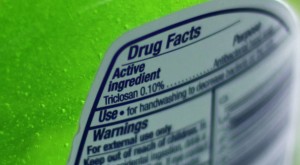
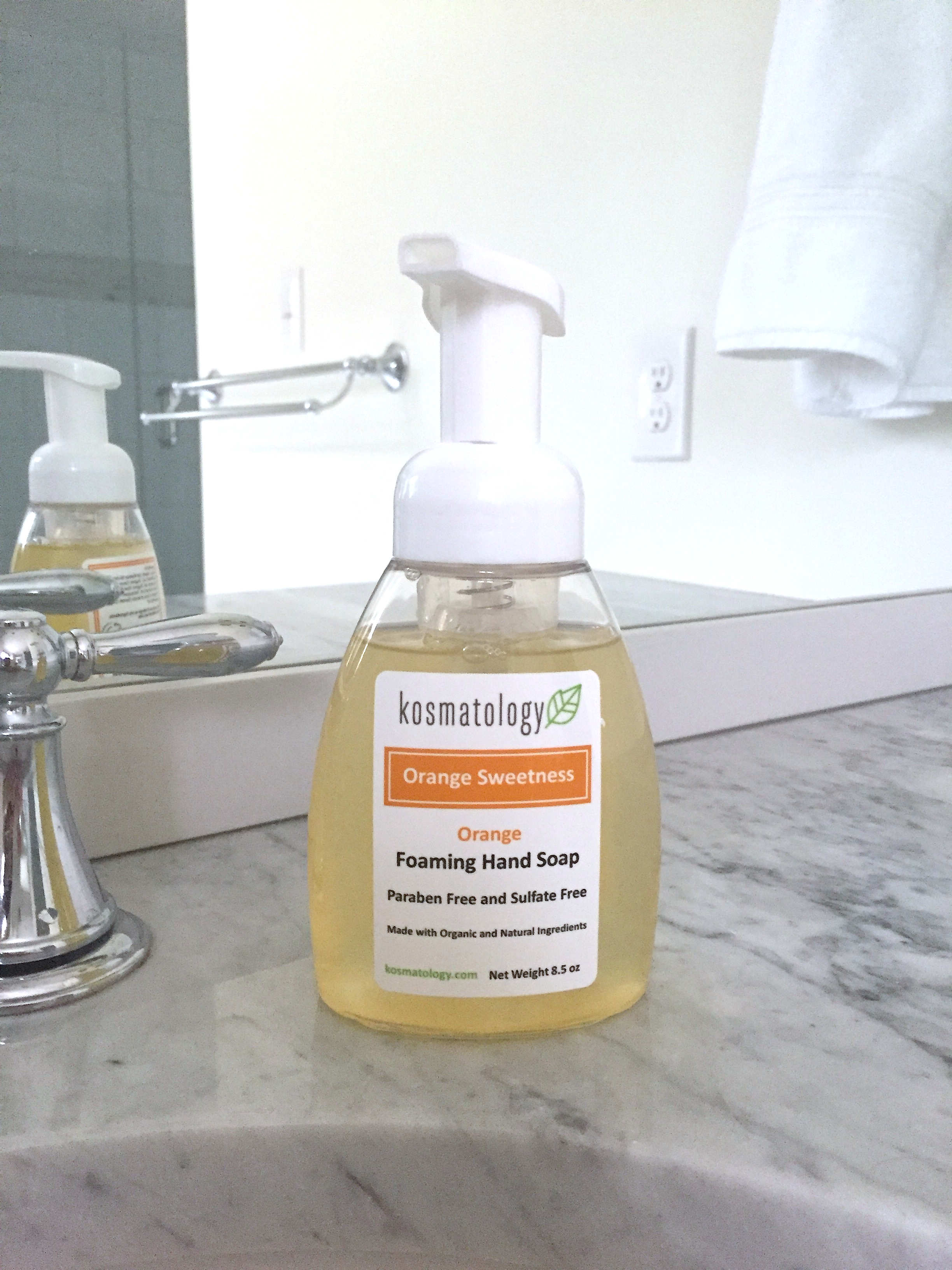
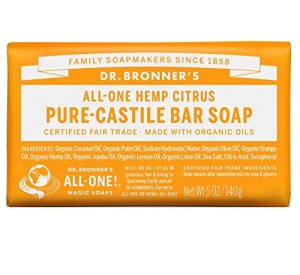
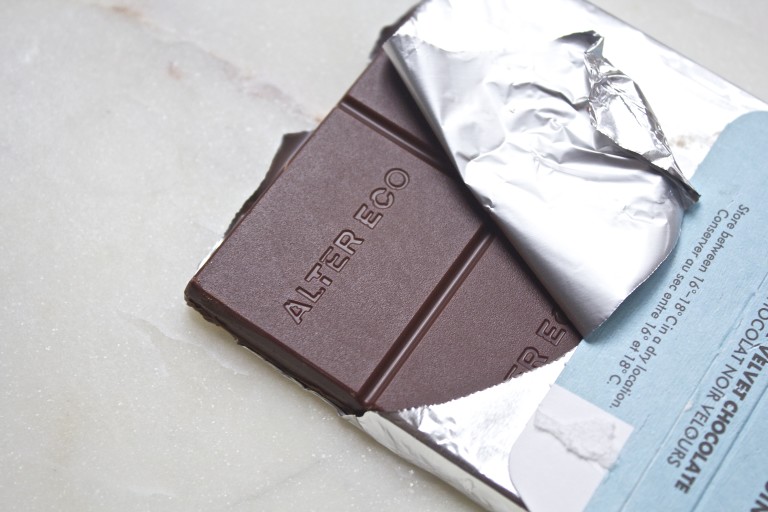

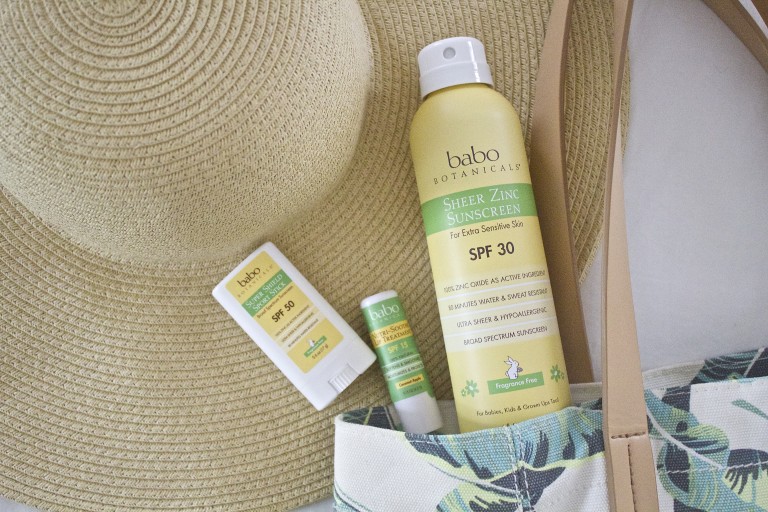
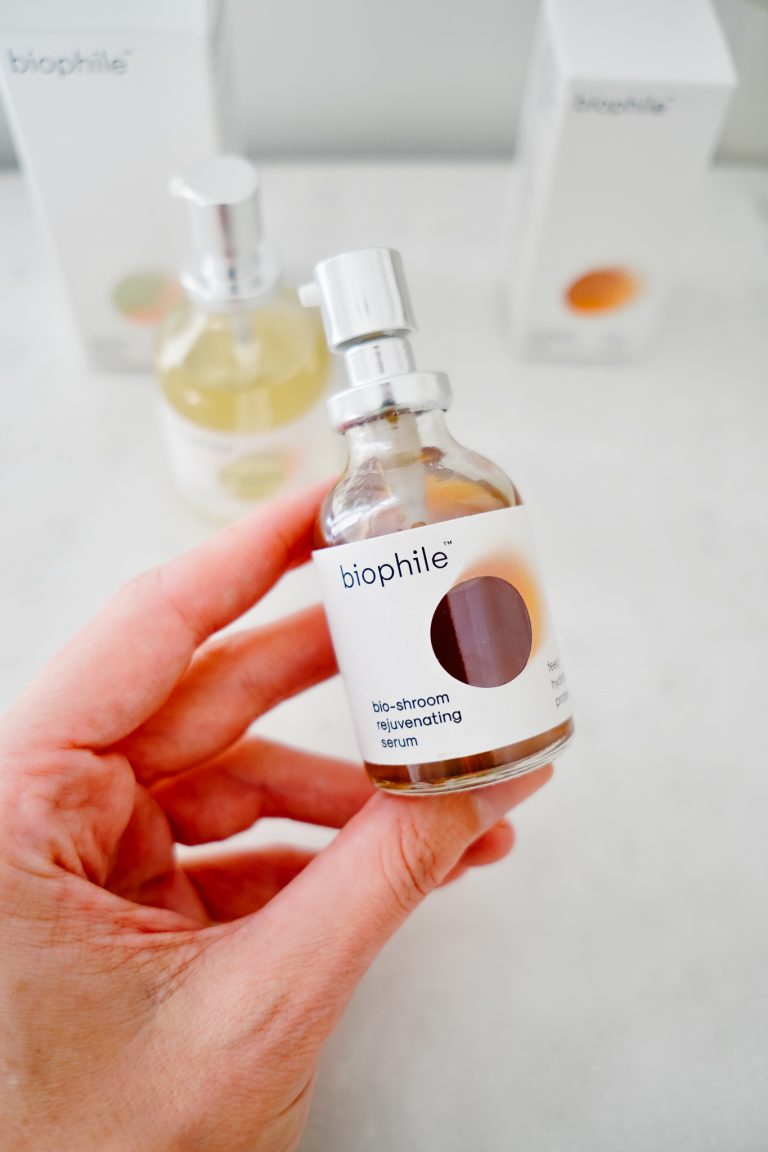
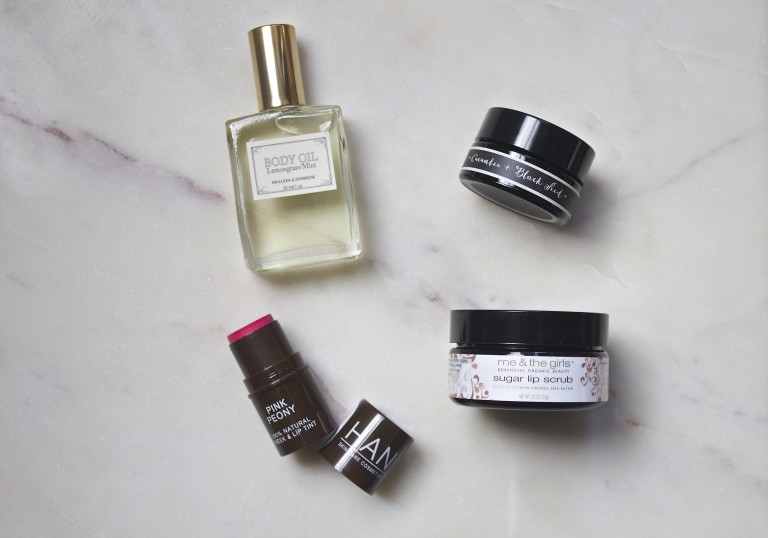

I love the Dr.Bronner’s peppermint bar soap! It is my favourite, easily accessible and decently priced option.
Great article Molly on the toxic stuff hiding in antibacterial soap. I started out using Dr Bonner liquid soap before moving on to using natural handmade soaps.
I completely agree Brittany! So important to have safe choices that are inexpensive and easily accessible!
Thanks for reading Navine!